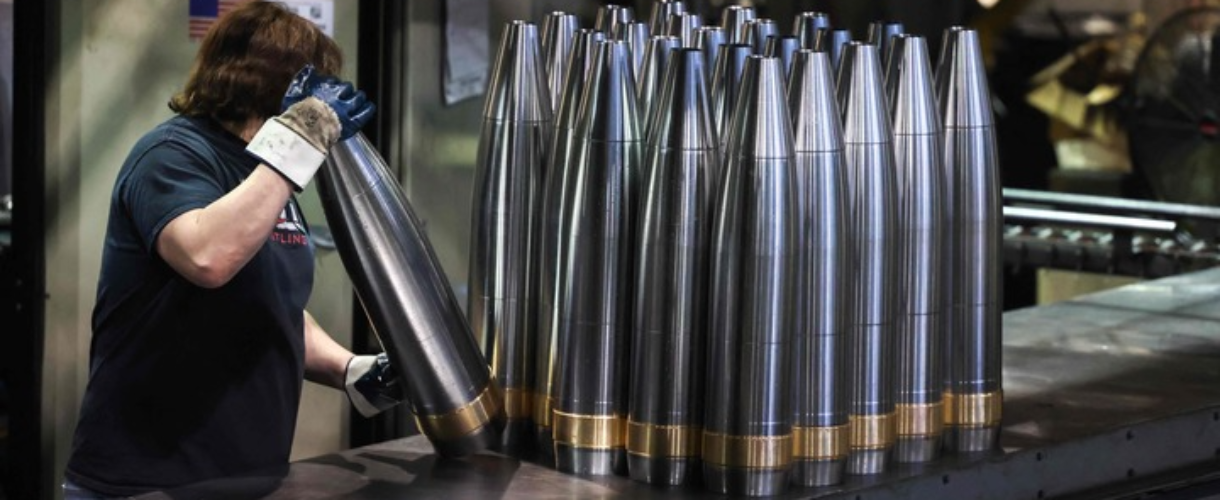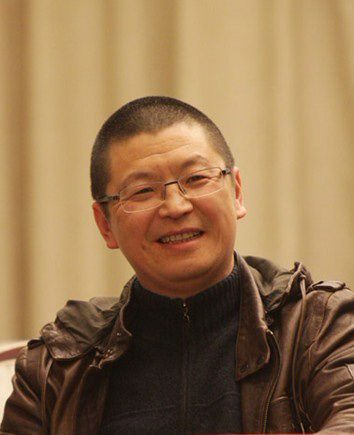Is It That Easy to Cripple U.S. Nuclear Weapons

In a joint statement on August 15, China’s Ministry of Commerce and the General Administration of Customs said, China will impose export controls on antimony products. This move, approved by the State Council, aims to defend China’s national security and fulfill its non-proliferation obligations. In the statement, the limits are detailed on a broader range of antimony-related products, including antimony ores, metals, oxides, and other rare antimony compounds.
Antimony is known for its wide use especially in military sectors. For instance, antimony trioxide sees a broader application in flame retardants used in aircrafts, rockets, and missiles. It also used in producing military equipment such as arm-piercing shells, explosives, night-vision goggles, and nuclear weapons. Antimony hydrides are essential in manufacturing barrels. Moreover, indium antimonide, a compound made from the elements indium and antimony, is primarily used in producing high-performance sensors and array seekers. These seekers play a critical role in guided missiles, which are highly effective against fourth-generation fighter jets.
 U.S. Navy personnel load an AIM-9X infrared-guided air-to-air missile onto an F/A-18F Super Hornet, equipped with an indium antimonide staring focal plane array seeker.
U.S. Navy personnel load an AIM-9X infrared-guided air-to-air missile onto an F/A-18F Super Hornet, equipped with an indium antimonide staring focal plane array seeker.
Media outlets have long highlighted that the importance of antimony in U.S. military production, with experts’ calls for China to limit its exports to the U.S., given the U.S. heavy reliance on China’s antimony exports and processing capabilities for producing advanced equipment like stealth fighters, missiles, and night-vision devices.
As the world’s largest producer of antimony, China contributes 80% of the global annual supply, followed by Russia, which accounts for 7%, making it the second-largest producer, while the U.S. produces less than 1%. Given China-Russia dominance on the world’s antimony production, if these two nations were to jointly restrict antimony exports over an extended period, it would pose a significant resource threat to the U.S.
In other worlds, the statement announces that China will kick off a comprehensive sanction on antimony against the U.S.
According to a report from Defense News in 2022, the U.S. is almost entirely dependent on China’s antimony exports for ammunition production, with a reliance on Russia to some extent. In this context, the U.S. Congress has asked the Pentagon to strengthen its strategic reserves of rare-earth minerals, with antimony being a priority in the U.S. National Defense Stockpile. The U.S. House Armed Services Committee has raised concerns about potential supply chain disruptions from Russia and China in a report. It urged the Department of Defense to develop policies for recycling used batteries to recover precious metals, rare-earth elements, and other strategically significant materials for U.S. supply chains or strategic reserves. Historically, the U.S. sourced antimony from ore at a gold mine in Idaho, but the mine closed in 1997. A 2020 report from the U.S. Geological Survey (USGS) indicated that there are currently no active antimony mines in the U.S.
China’s statement highlighted that one of significant reasons for the export controls lies in preventing the proliferation of nuclear, biological, and chemical weapons, which aligning with China’s long-standing efforts to fulfill non-proliferation obligations.
Following the suspension of nuclear arms control talks with the U.S. in April, prompted by Washington’s arms sales to Taiwan, China’s stringent controls on antimony exports can be viewed as an extension of its countermeasures against the U.S. Given the size of the U.S. nuclear arsenal, China can impose significant constraints by limiting access to key materials essential for production. This move represents a shift from China’s previously more open approach to supplying critical materials to the U.S.
However, the export controls should not be interpreted as a policy entirely targeting the U.S., because China also faces challenges from decline in antimony production. While there are 120 known antimony-containing minerals worldwide, only 10 have industrial value, with stibnite being the primary mineral used in antimony smelting.
In recent years, Japan and other developed countries in Europe paid high attention to the strategic reserves of antimony, placing it on critical minerals lists, as global antimony ore reserves dropped from 2 million tons in 2021 to 1.8 million tons in 2022. Declining ore grades and resource depletion have led to a continuous fall on global antimony production, with China’s production dropping to 110,000 tons in 2022.
 An antimony mine located in Tajikistan
An antimony mine located in Tajikistan
Modern high-tech weapons rely heavily on rare metals and resources, and the U.S. is grappling with increasingly serious supply challenges. Meanwhile, the complex and intertwined economic interests between China and the U.S. require careful management, as they could pose significant risks to China’s national security. In the interest of national security and global peace, China might consider using the imbalance in strategic resources between the two countries to limit the U.S.




